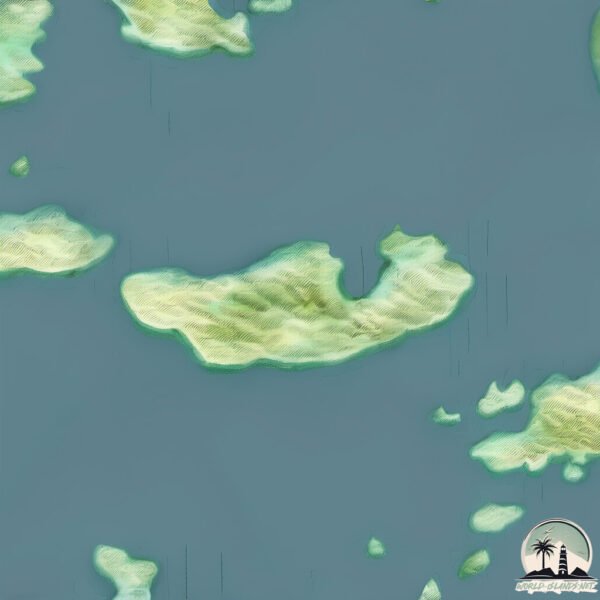Nisí Dokós

Welcome to Nisí Dokós, a Temperate island in the Aegean Sea, part of the majestic Atlantic Ocean. This guide offers a comprehensive overview of what makes Nisí Dokós unique – from its geography and climate to its population, infrastructure, and beyond. Dive into the details:
- Geography and Size: Explore the island’s size and location.
- Climate and Weather: Weather patterns and temperature.
- Topography and Nature: Uncover the natural wonders of the island.
- Infrastructure and Travelling: Insights on reaching, staying, and making the most of your visit.
- News and Headlines: Latest News.
Geography and size of Nisí Dokós
Size: 13.7 km²
Coastline: 23.1 km
Ocean: Atlantic Ocean
Sea: Aegean Sea
Continent: Europe
Nisí Dokós is a Medium Island spanning 14 km² with a coastline of 23 km.
Archipel: –
Tectonic Plate: Aegean Sea – Located in the eastern Mediterranean, this microplate is characterized by seismic and volcanic activity due to its interaction with the Eurasian and African Plates.
The geographic heart of the island is pinpointed at these coordinates:
Latitude: 37.3339339 / Longitude: 23.32298709
Climate and weather of Nisí Dokós
Climate Zone: Temperate
Climate Details: Hot-Summer Mediterranean Climate
Temperature: Hot Summer
Climate Characteristics: Characterized by hot, dry summers and mild, wet winters, typical of coastal areas with abundant sunshine.
Topography and nature of Nisí Dokós
Timezone: UTC+02:00
Timezone places: Europe/Mariehamn
Max. Elevation: 235 m
Mean Elevation: 106 m
Vegetation: Open Woodland
Tree Coverage: 43%
The mean elevation is 106 m. The highest elevation on the island reaches approximately 235 meters above sea level. The island is characterized by Hills: Gently sloping landforms with rounded tops, having a maximum elevation between 200 and 500 meters. Hills contribute to a varied landscape on islands.
Dominating Vegetation: Open Woodland
Characterized by sparsely distributed trees with open canopy allowing sunlight to penetrate, supporting grasses and shrubs underneath. Often found in drier or transitional environments. Nisí Dokós has a tree cover of 43 %.
Vegetation: 11 vegetation zones – Exceptionally Diverse Island
Islands with more than ten vegetation zones are among the most ecologically rich and varied in the world. These islands are akin to miniature continents, boasting an incredible array of ecosystems. The sheer range of habitats, from high peaks to deep valleys, rainforests to deserts, creates a mosaic of life that is unparalleled. They are crucial for conservation and ecological studies.
Infrastructure and Travelling to Nisí Dokós
Does the island have a public airport? no.
There is no public and scheduled airport on Nisí Dokós. The nearest airport is Athens Eleftherios Venizelos International Airport, located 92 km away.
Does the island have a major port? no.
There are no major ports on Nisí Dokós. The closest major port is SPETSES, approximately 15 km away.
The mean population of Nisí Dokós is 29 per km². Nisí Dokós is Gently Populated. The island belongs to Greece.
Continuing your journey, Idra is the next notable island, situated merely km away.
Drone footage of the island of Dokos, Greece. H νήσος Δοκός από αέρος.



Greece is classified as Developed region: nonG7: Developed economies outside of the Group of Seven, characterized by high income and advanced economic structures. The level of income is High income: OECD.
News – Latest Updates and Headlines from Nisí Dokós
Stay informed with the most recent news and important headlines from Nisí Dokós. Here’s a roundup of the latest developments.
Please note: The data used here has been primarily extracted from satellite readings. Deviations from exact values may occur, particularly regarding the height of elevations and population density. Land area and coastline measurements refer to average values at mean high tide.
